Navigating the Landscape: Potential Concerns with the 2025 Honda CR-V
Navigating the Landscape: Potential Concerns with the 2025 Honda CR-V
Introduction
In this auspicious occasion, we are delighted to delve into the intriguing topic related to Navigating the Landscape: Potential Concerns with the 2025 Honda CR-V. Let’s weave interesting information and offer fresh perspectives to the readers.
Table of Content
Navigating the Landscape: Potential Concerns with the 2025 Honda CR-V
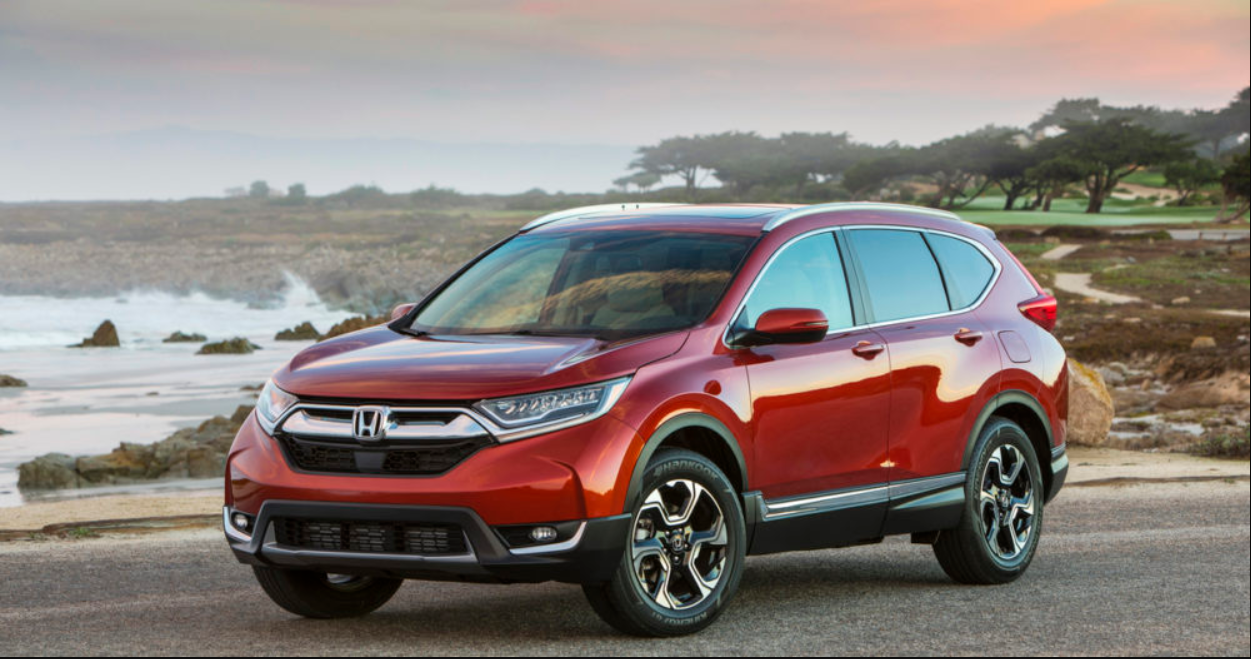
The Honda CR-V, a perennial favorite in the compact SUV segment, is known for its reliability, practicality, and fuel efficiency. While the 2025 model year is yet to be released, it’s prudent to anticipate potential issues based on historical trends and emerging automotive technology. This exploration delves into potential concerns, providing valuable insights for prospective buyers.
Potential Concerns
1. Technology Integration and Reliability:
The 2025 CR-V is likely to feature advanced technology, including sophisticated infotainment systems, driver assistance features, and possibly even autonomous driving capabilities. While these advancements enhance convenience and safety, they also introduce potential vulnerabilities:
- Software Glitches: Complex software systems can be susceptible to bugs, leading to malfunctions in infotainment, navigation, and driver assistance features.
- Cybersecurity Risks: Connected vehicles are increasingly vulnerable to cyberattacks, potentially compromising sensitive data, vehicle control, and even safety.
- Compatibility Issues: Integration of various technologies from different manufacturers can lead to compatibility problems, affecting performance and user experience.
2. Powertrain and Fuel Efficiency:
Honda is known for its efficient and reliable engines. However, the 2025 CR-V might introduce new powertrain configurations, including hybrid or fully electric options:
- Battery Degradation: Hybrid and electric vehicles rely on batteries, which degrade over time, impacting range and performance.
- Charging Infrastructure: The availability and accessibility of charging infrastructure for electric vehicles remain a concern, especially in remote areas.
- Maintenance Costs: Hybrid and electric powertrains might require specialized maintenance, potentially increasing long-term ownership costs.
3. Material Quality and Durability:
The CR-V has a reputation for durability, but concerns exist about the long-term performance of materials used in newer models:
- Interior Trim: Some modern vehicles have experienced issues with interior trim materials degrading prematurely, affecting aesthetics and comfort.
- Exterior Paint: Paint quality can vary, leading to scratches, chips, and fading, potentially affecting resale value.
- Corrosion Resistance: The use of lighter materials might compromise resistance to corrosion, especially in regions with harsh weather conditions.
4. Safety and Driver Assistance Systems:
While Honda is known for its commitment to safety, advanced driver assistance systems (ADAS) can present challenges:
- False Positives: ADAS systems can sometimes misinterpret situations, triggering false alarms or unintended actions, potentially distracting the driver.
- Over-reliance: Drivers might become overly reliant on ADAS, leading to reduced vigilance and increased risk of accidents.
- System Limitations: ADAS systems are not foolproof and have limitations in certain driving conditions, requiring driver intervention.
5. Early Model Year Issues:
New model year vehicles often face teething problems as manufacturers refine designs and production processes:
- Manufacturing Defects: Early production runs can have quality control issues, leading to defects in components or assembly.
- Software Updates: Software updates might be required to address bugs and improve performance, potentially requiring multiple visits to the dealership.
- Limited Availability of Parts: Parts for new models might be in limited supply, causing delays in repairs and maintenance.
Importance of Addressing Potential Concerns
Understanding potential issues associated with the 2025 Honda CR-V is crucial for prospective buyers, as it allows for informed decision-making:
- Pre-Purchase Research: Thorough research helps buyers identify potential problems and compare different vehicle options.
- Negotiation Leverage: Awareness of potential concerns can be used to negotiate better pricing or extended warranties.
- Informed Maintenance: Understanding potential issues allows owners to proactively address maintenance needs and minimize unexpected expenses.
FAQs
Q: What are the most common issues reported with previous CR-V models?
A: Common issues with previous CR-V models include:
- Transmission problems: Some models have experienced transmission issues, including slipping, rough shifting, and premature failure.
- Engine problems: Engine issues have been reported, including oil consumption, timing chain problems, and misfires.
- Electrical problems: Electrical issues, such as faulty sensors, wiring problems, and battery issues, have been reported.
- Suspension problems: Suspension problems, including loose or worn components, have been reported, affecting ride quality and handling.
Q: How can I minimize the risk of experiencing problems with the 2025 CR-V?
A: To minimize the risk of experiencing problems, consider the following:
- Wait for early reviews: Wait for reviews from independent sources and owners to assess the reliability of the 2025 CR-V.
- Thorough pre-purchase inspection: Have the vehicle inspected by a qualified mechanic before purchasing.
- Extended warranty: Consider purchasing an extended warranty to cover potential repairs outside the standard warranty period.
Tips
- Stay Informed: Keep up-to-date with news and reports on the 2025 CR-V, including consumer reviews and technical bulletins.
- Regular Maintenance: Adhere to the recommended maintenance schedule to prevent potential problems and ensure optimal performance.
- Monitor for Early Signs: Be vigilant for any unusual noises, warning lights, or changes in performance, and address them promptly.
Conclusion
The 2025 Honda CR-V promises to be a compelling option in the compact SUV segment, offering advanced technology, improved fuel efficiency, and a reputation for reliability. However, it’s crucial to acknowledge potential concerns and approach the purchase with informed caution. By understanding potential issues, engaging in thorough research, and adopting proactive maintenance practices, buyers can minimize risks and maximize their ownership experience.

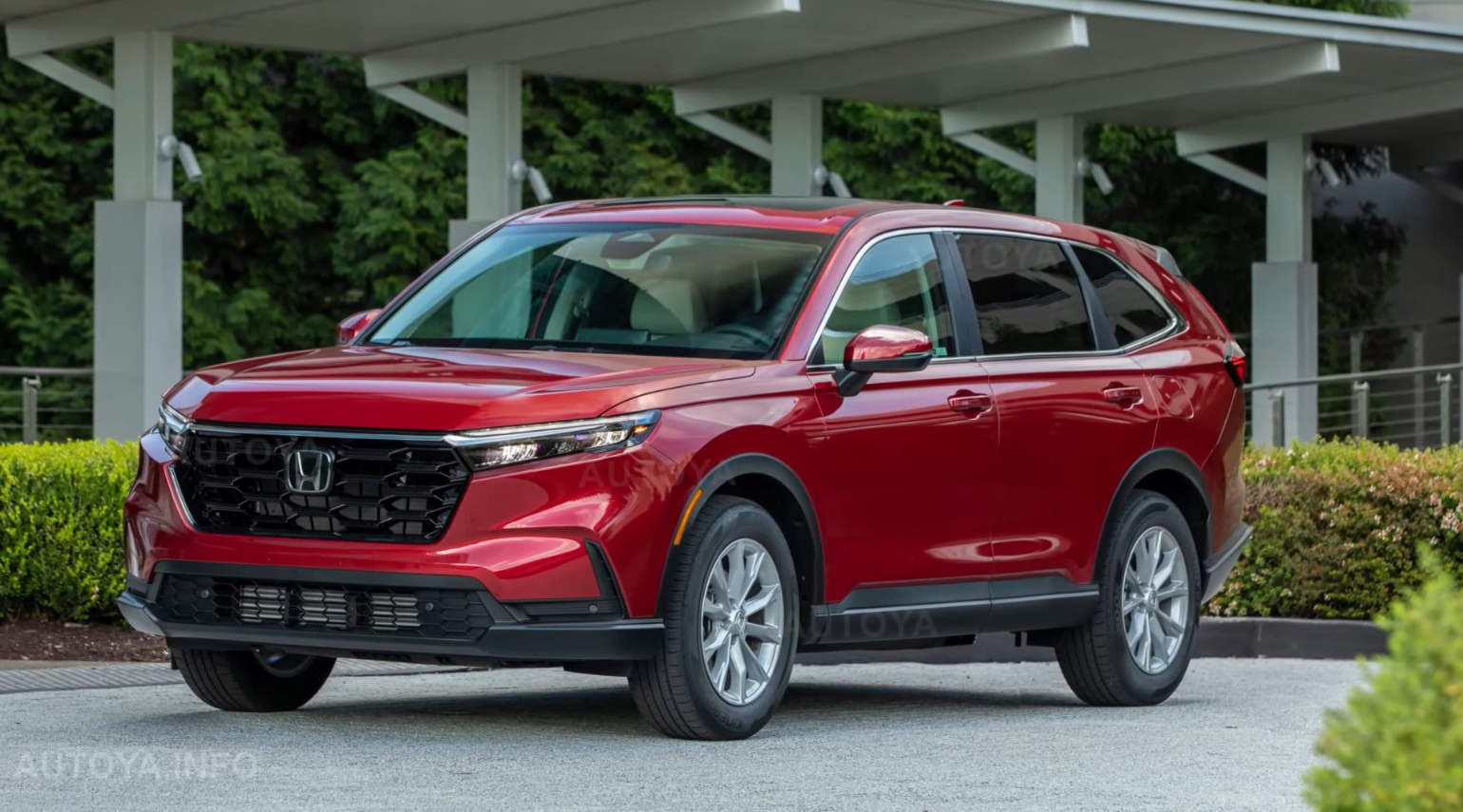
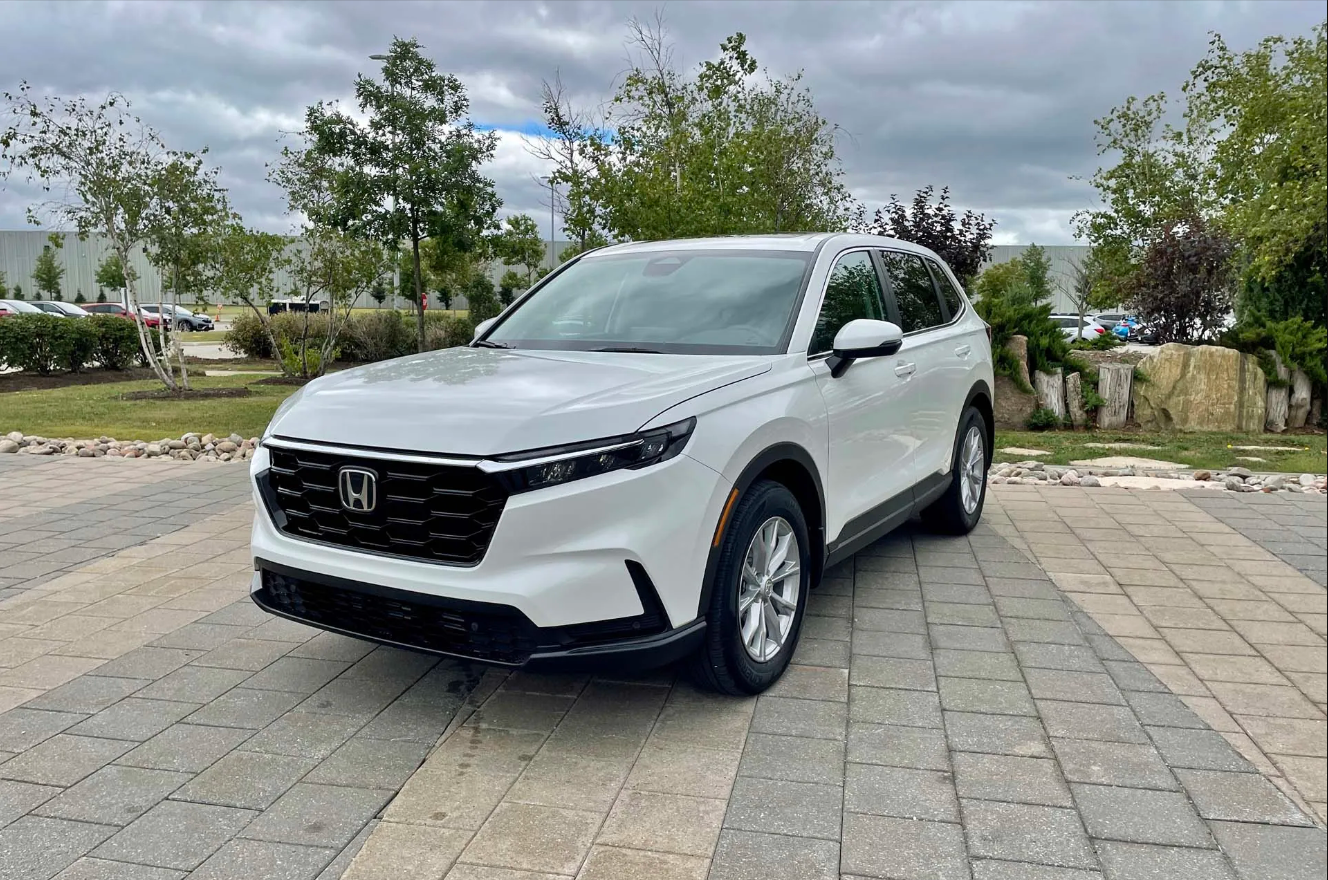
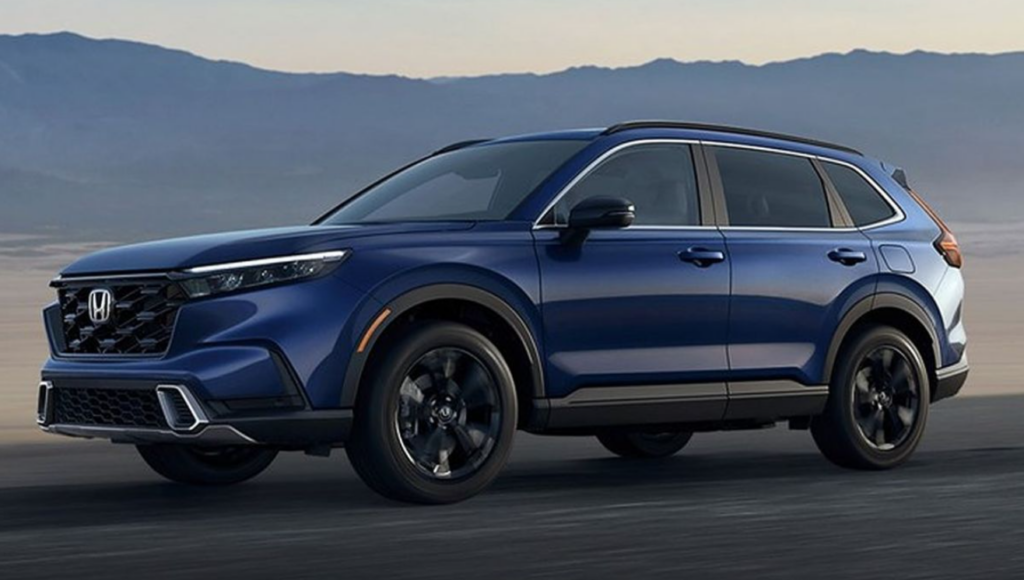
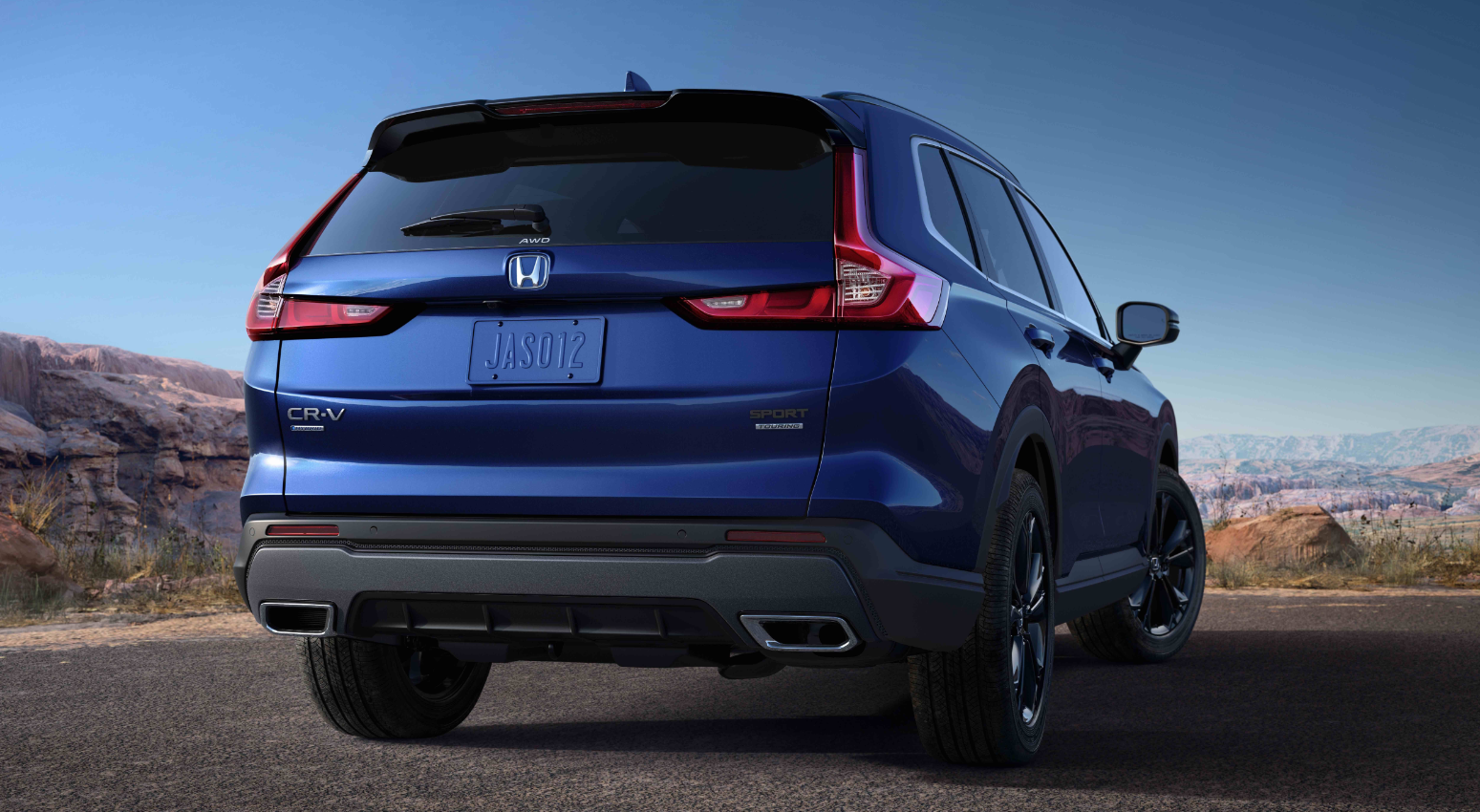



Closure
Thus, we hope this article has provided valuable insights into Navigating the Landscape: Potential Concerns with the 2025 Honda CR-V. We appreciate your attention to our article. See you in our next article!